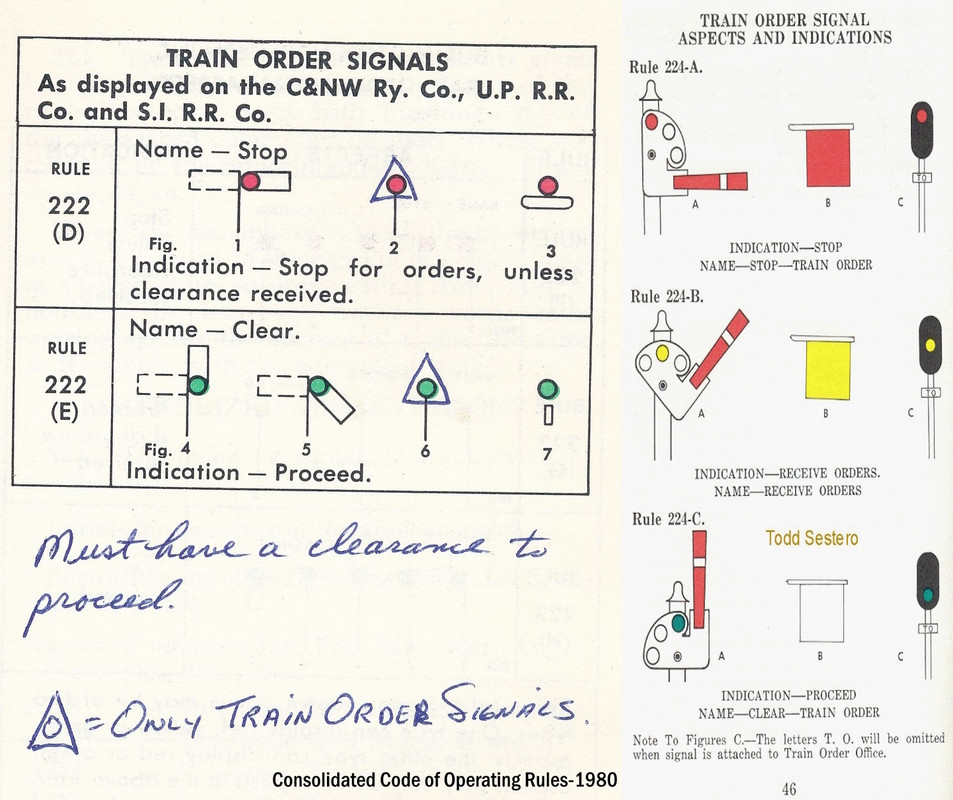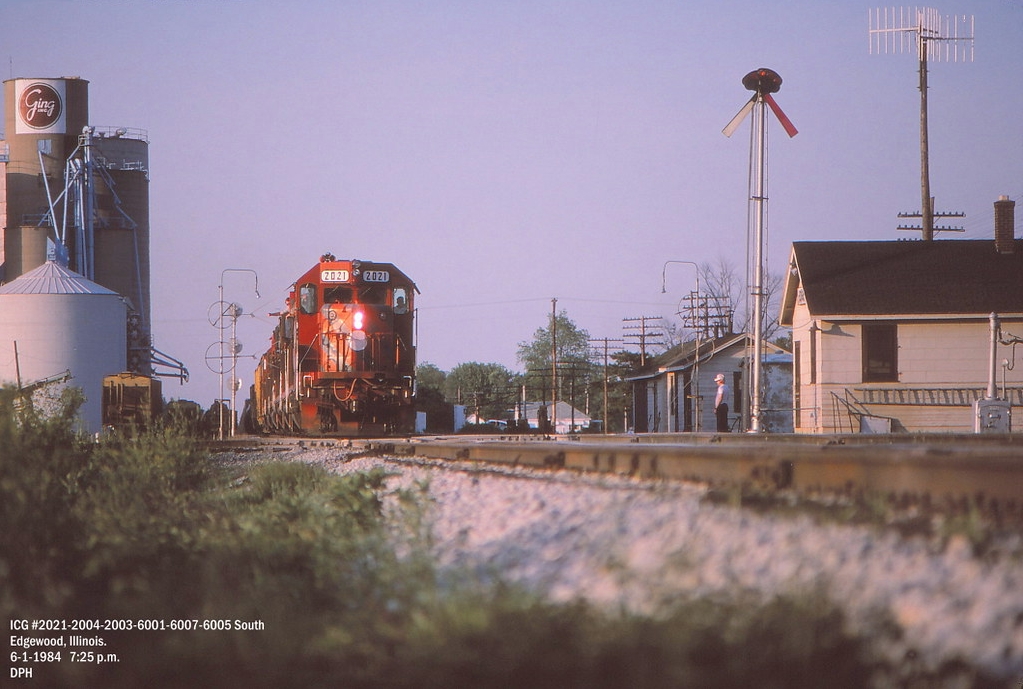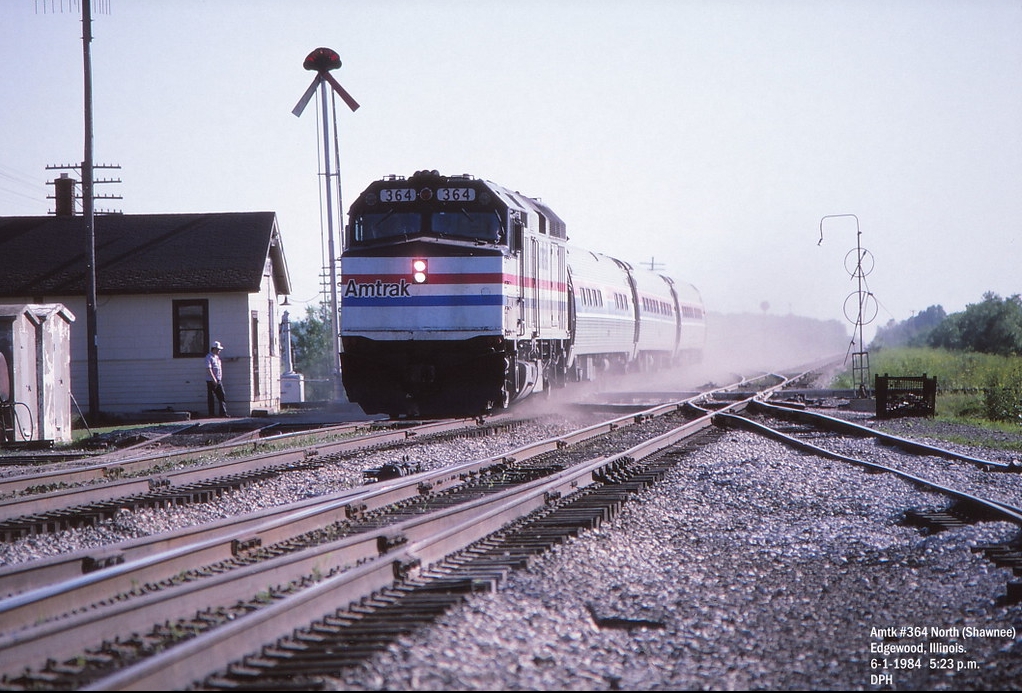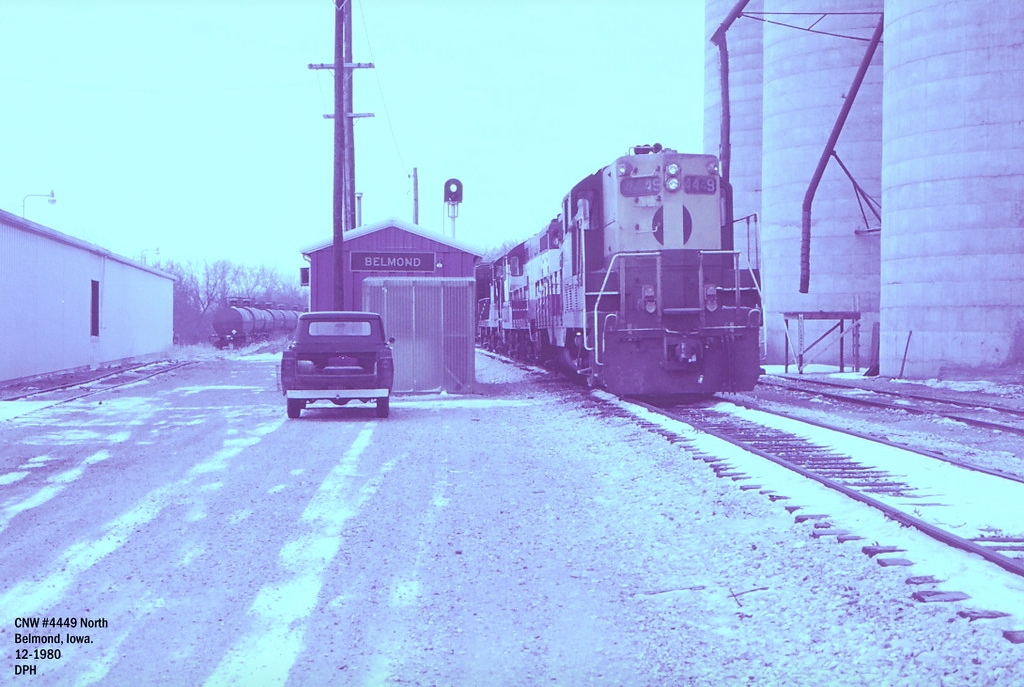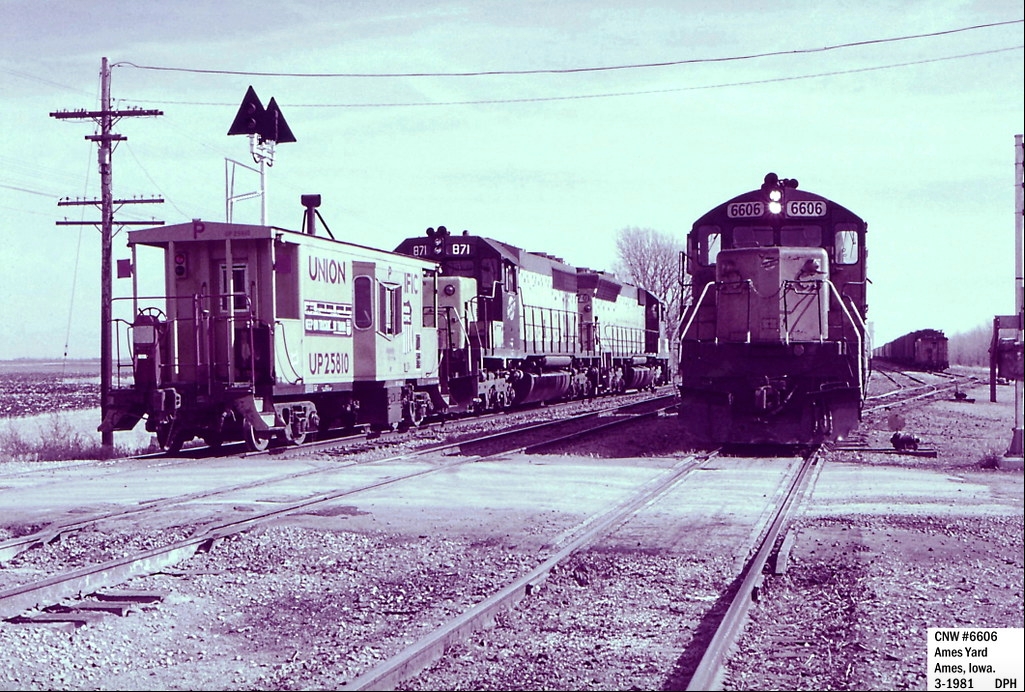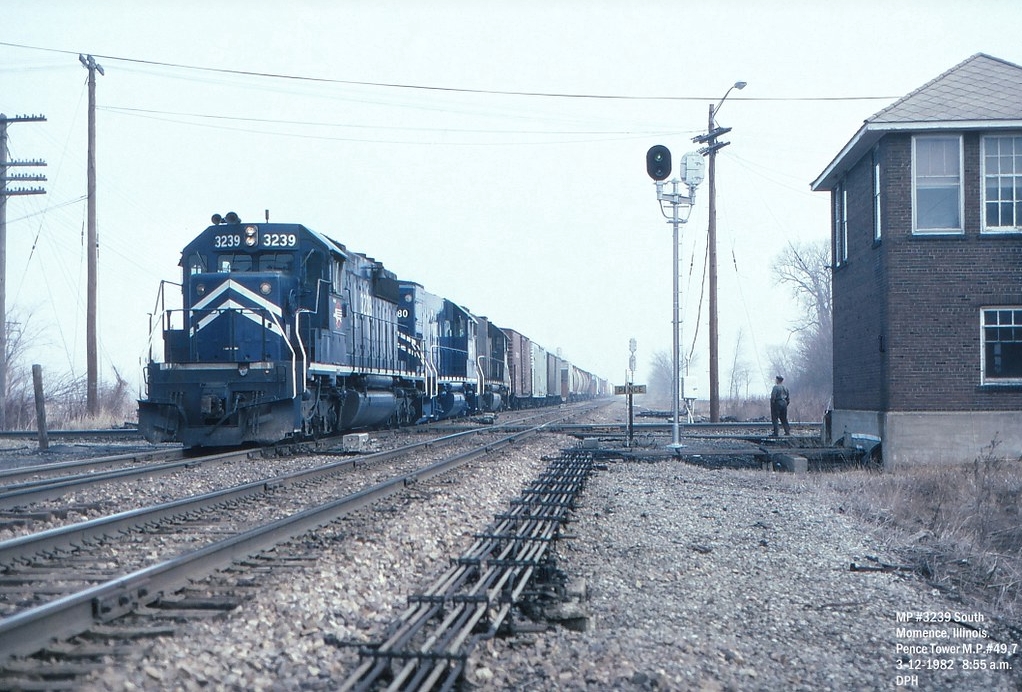On old pics / postcards of US train stations, you often see a semaphore signal placed right next to a passenger station, directly in front, sometimes in the middle of each end of the buildings and sometimes even attached to the station. I'm not sure what the purpose is. Since you can't pass a red signal ( board is down ) the engine would have to stop directly next to the station, or before.....which means a long walk for the passengers to board the train or depart.
Anyone know why ? Thanks.
Anyone know why ? Thanks.

